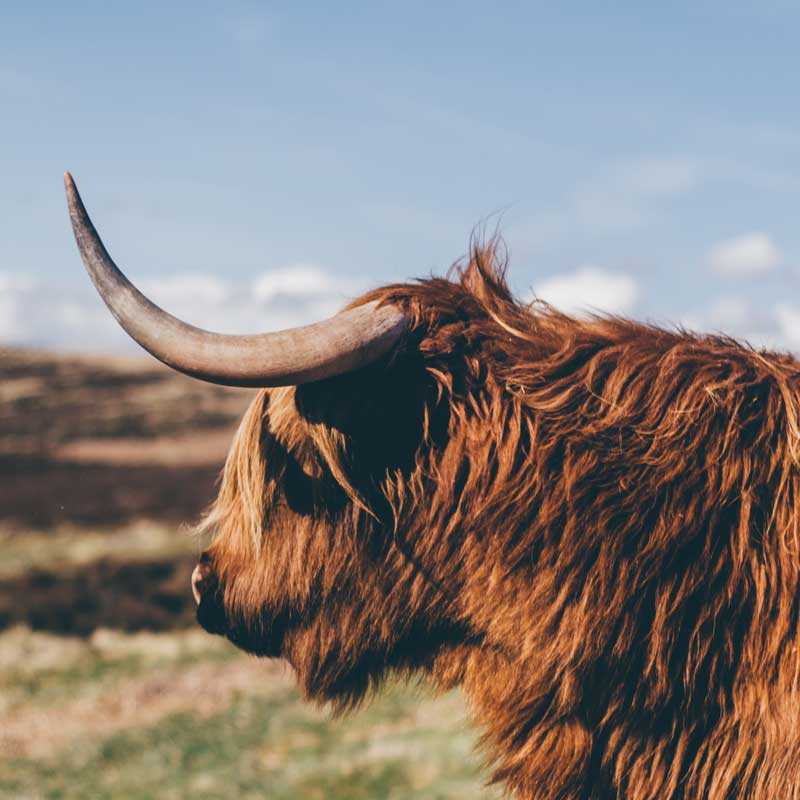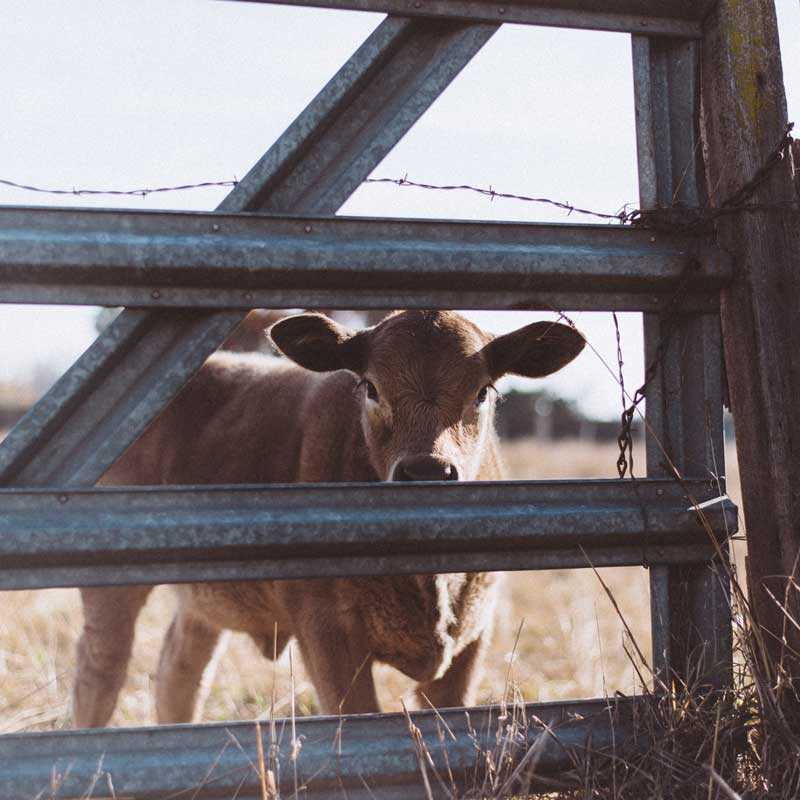The Importance of Acclimating Cattle
Reducing Stress, Building Trust, and Improving Productivity Through Low-Stress Cattle Handling
Go Back to All BlogsPosted on: October 24, 2018
Updated on: December 26, 2025
Author: Dana Charban
SHARE:
Acclimate /ˈakləˌmāt
VERB
(to acclimate)
To adjust or become accustomed to a new climate or to new conditions; to respond physiologically or behaviorally to a change in a single environmental factor.
Your time is valuable, and so is the health and safety of your cattle. Cattle chutes and equipment make livestock management easier, faster and safer. Acclimating your cattle to your system can reduce stress for cattle, improving their health through stronger immune systems, and save time for handlers. All of this also improves the economic viability of your ranch or operation. Taking the time to acclimate your cattle by running them through your system before you work them should be a regular management practice.
Cattle are smart animals, and remember negative experiences for a long time. Their memories are also specific; therefore they need to be acclimated to the equipment or situation they will be in. Even a small change such as adding a scale platform will be viewed as completely new by the cattle.

Many ranchers have experienced chute shyness, and it can be more of an issue with cattle that have been worked through a self-catch head gate. One negative experience where they hit the head gate too hard and pull back, refusing to hit the gate again, can create an animal that is difficult to work for the rest of its life.
"Cattle work best when they are ready - you have to get them there,À says Ron Gill, Ph.D. "Cattle have to be taught, conditioned and prepared to work. Unfortunately, many of today's cattle owners are short on time and experienced labor, and consequently, don't spend time acclimating cattle to new production settings. It is a process that will pay dividends for those who do spend the time.À
Cattle are naturally inquisitive, and will find new things attractive when handlers let cattle believe it is their idea, versus scary when they are suddenly introduced to it. Working cattle through the system a few times without catching them in the head gate gives cattle the opportunity to learn the flow of the system they're moving through, and can make processing proceed more smoothly and efficiently when you do work your cattle.
Carter King, DVM of Cactus Feeders in Amarillo, Texas says that cattle acclimated in a very low stress environment by people who understand why an operation is acclimating them have more success. Appropriate facilities for cattle handling are also a crucial part of the equation.
Your equipment should work with cattle psychology and minimize the risk of negative experiences for your cattle. Innovative technology such as squeeze chute rubber floors that prevent slipping and quiet chutes will make acclimation easier, and then any procedures as well.
Dr. Gill defines stress as anything cattle are forced to do. By acclimating cattle using the principles of sound stockmanship, handlers can convince the cattle that the movement was their idea, avoiding force, and reducing stress. This also cultivates trust between handlers and livestock, and makes future procedures in the cattle equipment easier, faster and safer.
"An animal that has been carefully acclimated to handling may willingly re-enter a restrainer,À says Temple Grandin, Ph.D. One research project found that quietly handled cattle that entered a squeeze chute every day became calmer each successive day and entered the chute easier. Another study found lower levels of cortisol in cattle that had been acclimated to the equipment used prior to a procedure. Dr. Grandin's research shows that beef cattle that have been acclimated to a system before artificial insemination have improved conception rates.

Acclimation of cattle can improve productivity and welfare through reduced fear and stress. If possible, cattle should be acclimated while heifers by walking them carefully through the system; mature cattle may need more time to acclimate to a system, possibly due to prior negative experiences. It is imperative that the first experience with new people, places, or equipment is positive for cattle.
Proper training for all cattle handlers is essential, and should be reviewed regularly. Stockmanship skills that create a positive experience for the cattle during acclimation and procedures improve the welfare of the cattle, efficiency of the operation, and uphold the standards of our beef cattle industry.
Correct acclimation means allowing the group or herd leader time to look at the new situation, and then slowly move through the equipment, with the rest of the group or herd following (Grandin). Well-designed cattle equipment uses the principles of animal behavior to allow for following behavior and less stress. Cattle that have been acclimated to low stress handling can be worked in sheeted side equipment with vision slots.
Experts recommend working your cattle through your system a few days in a row to acclimate them. The process should be repeated when you first bring cattle to the ranch, or make any changes or upgrades to your handling system.
References
Dr. Ron Gill - Cattle Handling Pointers & Sound Stockmanship
Dr. Temple Grandin - Behavioral Principles of Livestock Handling & Low Stress Cattle Handling
Dr. Temple Grandin & Dr. Chelsey Shivley - How Farm Animals React to Stressful SituationsDrovers - Help New Cattle Adapt to the Feedlot
AgWeb - Five Keys to Success in Cow-Calf Production